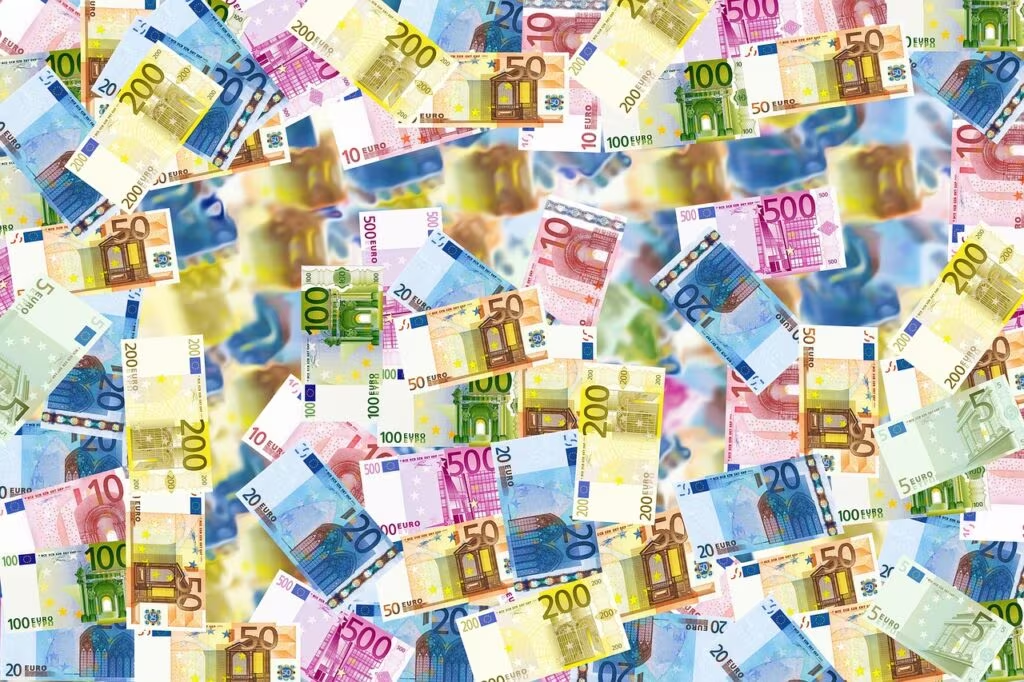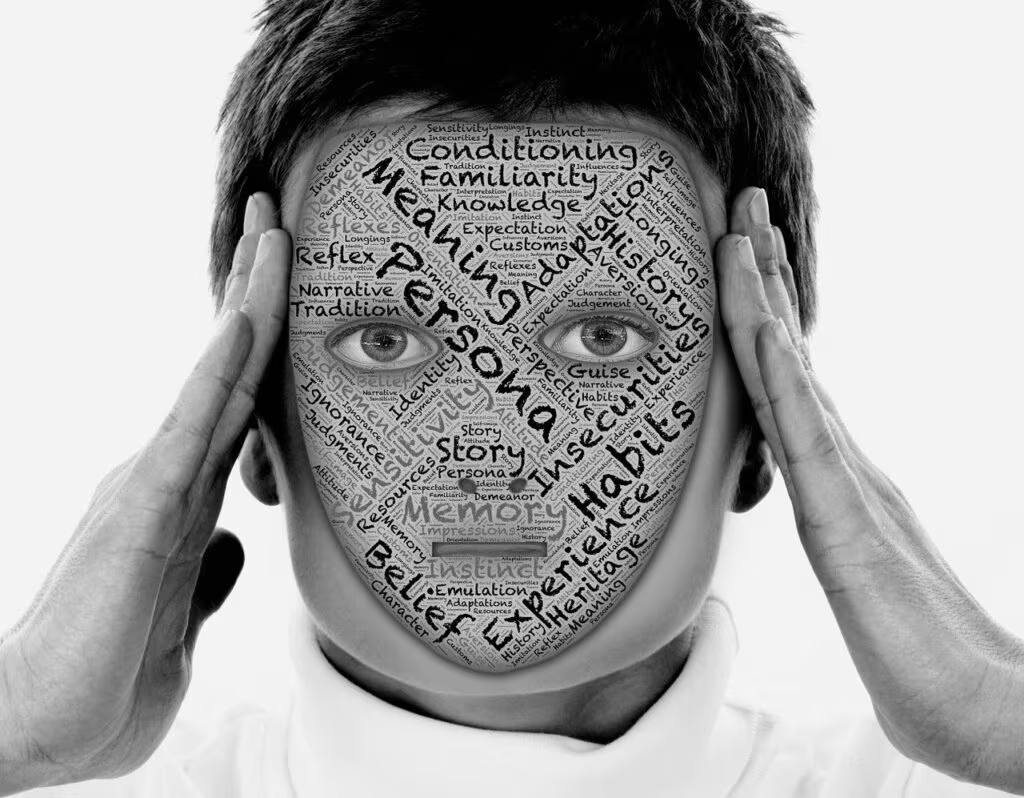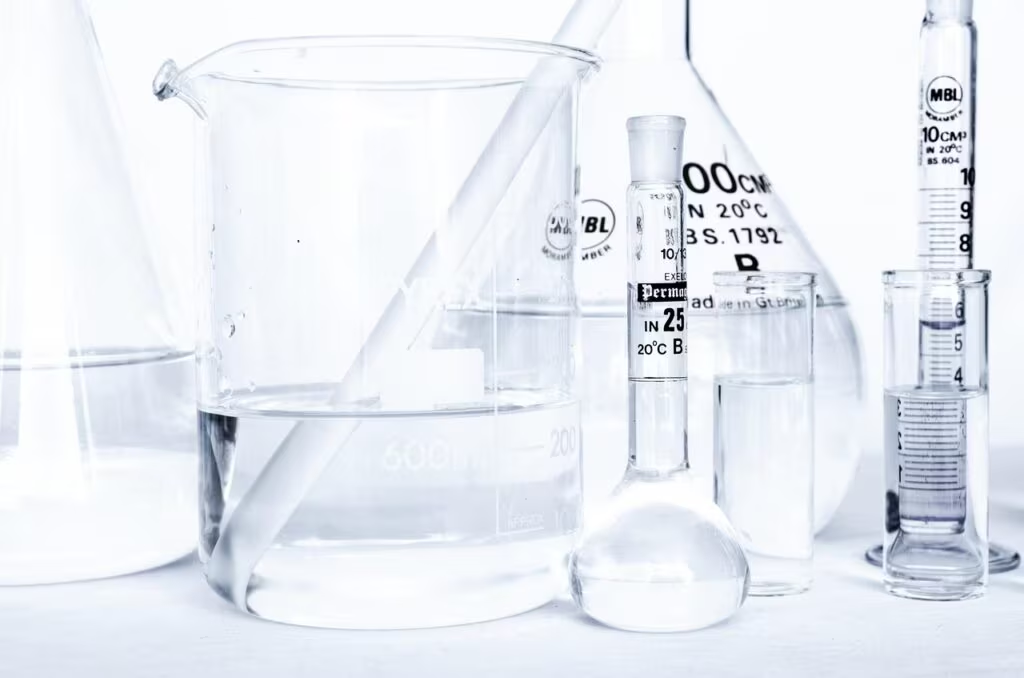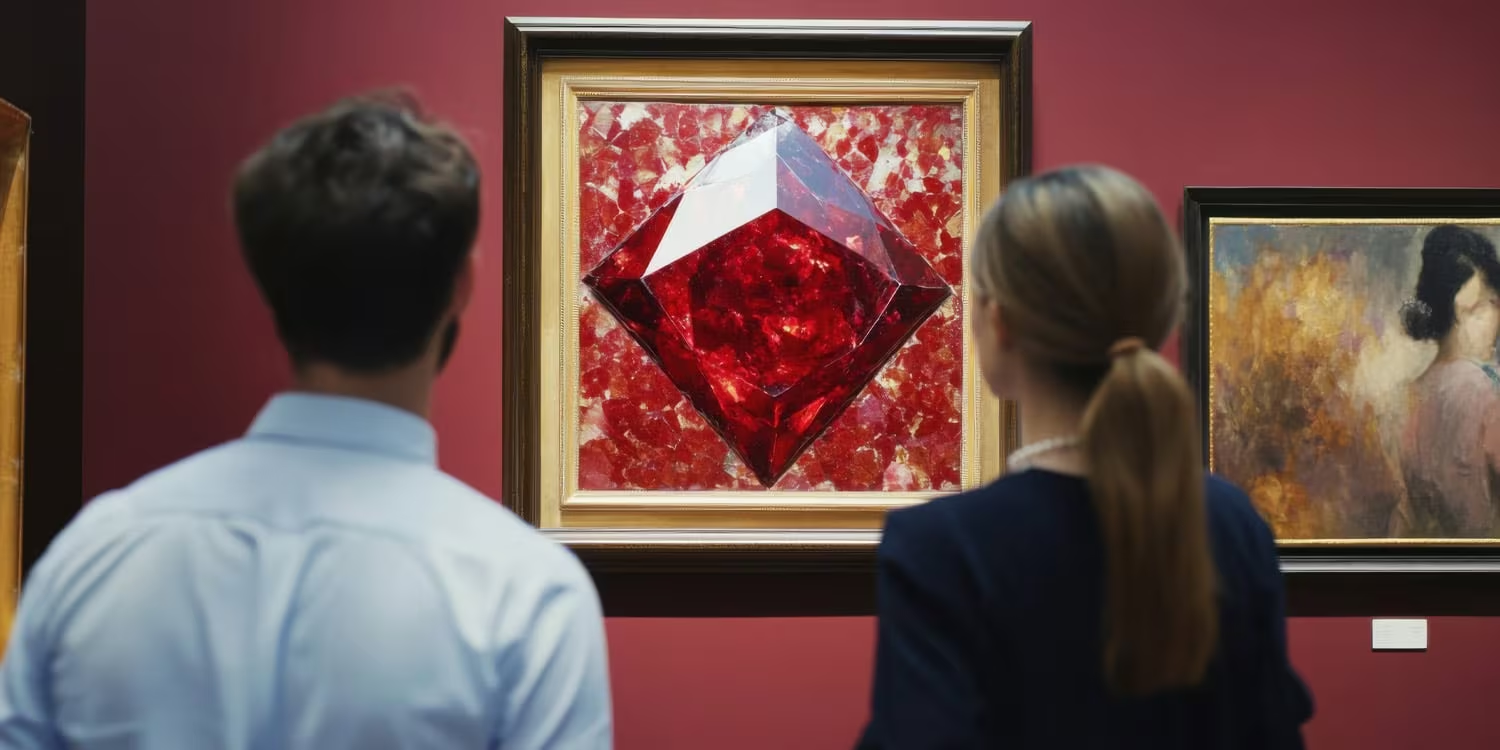The Peculiar Tendency of Vulnerable Narcissists
A new psychological study has identified a specific behavioral tendency among individuals who exhibit vulnerable narcissism—the insecure, often hidden form of the personality trait. Researchers found that these individuals are significantly more likely to prefer and engage with high-status aesthetics, using outward displays of luxury or perceived success as a compensatory mechanism for deep-seated psychological insecurity.
The findings, published in the journal Psychology of Aesthetics, Creativity, and the Arts, provide crucial insight into how vulnerable narcissists attempt to regulate their fragile self-esteem. Unlike their overtly confident counterparts (grandiose narcissists), the insecure type relies heavily on external validation and status symbols to project an image of success and mask their underlying feelings of inadequacy.
This research is highly relevant in 2025, given the pervasive influence of social media, where the curation of high-status lifestyles is often used to seek validation, potentially exacerbating these compensatory behaviors.
Distinguishing Narcissism: Vulnerable vs. Grandiose
To understand this peculiar tendency, it is essential to differentiate between the two primary dimensions of narcissism recognized in modern psychology:
1. Grandiose Narcissism (Secure)
This is the classic, overt form often associated with the term. Grandiose narcissists are characterized by:
- High self-esteem (genuine or perceived).
- Extroversion and dominance.
- Low anxiety and low sensitivity to criticism.
- They genuinely believe they are superior and often seek admiration directly.
2. Vulnerable Narcissism (Insecure)
This covert form is characterized by a facade of grandiosity masking profound insecurity. Vulnerable narcissists are typically:
- Hypersensitive to criticism and easily slighted.
- Introverted or socially anxious.
- Prone to rumination, envy, and defensiveness.
- Their grandiosity is a defense mechanism against feelings of shame and worthlessness.

The Research Methodology and Key Findings
The study aimed to determine if aesthetic preferences—specifically for items perceived as expensive or exclusive—were linked to either narcissistic dimension, controlling for general self-esteem.
Measuring Aesthetic Preference
Researchers assessed participants on their preference for various aesthetic styles and brands. The core measure was the degree to which participants valued items associated with high socioeconomic status and luxury.
The Critical Link
The most significant finding was the strong, positive correlation between vulnerable narcissism and the preference for high-status aesthetics. Crucially, this link remained robust even after accounting for the participants’ actual socioeconomic status and their general self-esteem levels.
In contrast, grandiose narcissism showed a much weaker, non-significant association with the preference for high-status aesthetics. This suggests that while grandiose narcissists may enjoy luxury, they don’t rely on it psychologically in the same way the vulnerable type does.
“The vulnerable narcissist, feeling inadequate and insecure, uses the external projection of high status—be it through clothing, art, or lifestyle choices—as a crucial tool for self-enhancement and masking their internal fragility,” the researchers noted.
Summary of Results
| Narcissism Dimension | Self-Esteem Level | Link to High-Status Aesthetics | Psychological Motivation |
|---|---|---|---|
| Vulnerable | Low/Fragile | Strong Positive Correlation | Compensation, Masking Insecurity |
| Grandiose | High/Overt | Weak/Non-Significant | Genuine Preference (not psychological reliance) |
The Psychology of Compensatory Aesthetics
Why does this specific preference manifest in vulnerable narcissists? The answer lies in the concept of compensatory self-enhancement.
Because vulnerable narcissists possess a deep need for admiration coupled with a fear of exposure (that their true, insecure self will be revealed), they seek ways to quickly and reliably signal worthiness to the outside world. High-status aesthetics serve this purpose perfectly:
- Immediate Signal: Luxury brands and high-status items communicate success, power, and desirability instantly, bypassing the need for genuine achievement or deep interpersonal connection.
- External Validation: When others acknowledge or admire the status symbol, the vulnerable narcissist receives the external validation they crave, temporarily bolstering their fragile ego.
- Self-Deception: By surrounding themselves with objects of perceived value, they reinforce their own belief that they are, in fact, successful and worthy, temporarily alleviating anxiety.

This behavior is distinct from the grandiose narcissist, who often seeks admiration based on perceived internal qualities (intelligence, talent, charm). The vulnerable narcissist, lacking that internal certainty, relies on the tangible, verifiable status of objects.
Implications for Consumer Behavior
These findings have significant implications for understanding consumer psychology and marketing. Brands that successfully tap into themes of exclusivity, aspiration, and social climbing may inadvertently appeal strongly to individuals struggling with vulnerable narcissism. The marketing message shifts from “This is a good product” to “This product makes you a better person.”
Furthermore, the study suggests that the pursuit of luxury by vulnerable narcissists is less about genuine aesthetic appreciation and more about the instrumental value of the object—what it can do for their social standing and self-image.
Key Takeaways for Understanding Personality and Status
This research underscores the complex relationship between personality, insecurity, and material culture. For readers seeking to understand these dynamics, here are the essential points:
- Vulnerability is Key: The preference for high-status aesthetics is strongly driven by the vulnerable (insecure) dimension of narcissism, not the grandiose dimension.
- Compensatory Drive: This aesthetic preference functions as a psychological defense mechanism, compensating for low self-esteem and deep-seated feelings of inadequacy.
- External Validation: Insecure narcissists use status symbols to gain external validation and project a successful image, which temporarily stabilizes their fragile sense of self.
- Social Context: The rise of image-focused social media platforms provides an ideal environment for these compensatory behaviors to flourish, making the external presentation of status easier and more immediate.

Conclusion: Beyond the Surface
The study successfully isolates a specific behavioral marker for vulnerable narcissism, demonstrating that the drive for status symbols is often rooted in internal pain rather than genuine confidence. While the grandiose narcissist seeks admiration because they believe they deserve it, the vulnerable narcissist seeks status symbols because they desperately need them to feel worthy.
This distinction is vital for researchers and clinicians, highlighting that not all narcissistic behaviors stem from the same psychological source. For the general public, it offers a lens through which to view the often-aspirational, sometimes excessive, pursuit of luxury and status—a pursuit that may signal a deeper, underlying psychological fragility.
Original author: Karina Petrova
Originally published: October 30, 2025
Editorial note: Our team reviewed and enhanced this coverage with AI-assisted tools and human editing to add helpful context while preserving verified facts and quotations from the original source.
We encourage you to consult the publisher above for the complete report and to reach out if you spot inaccuracies or compliance concerns.

